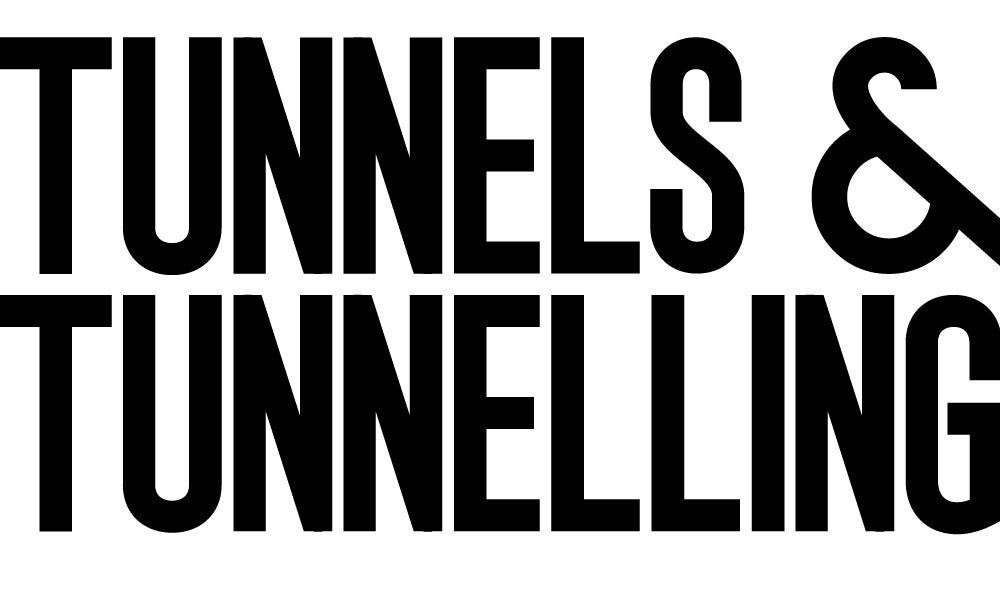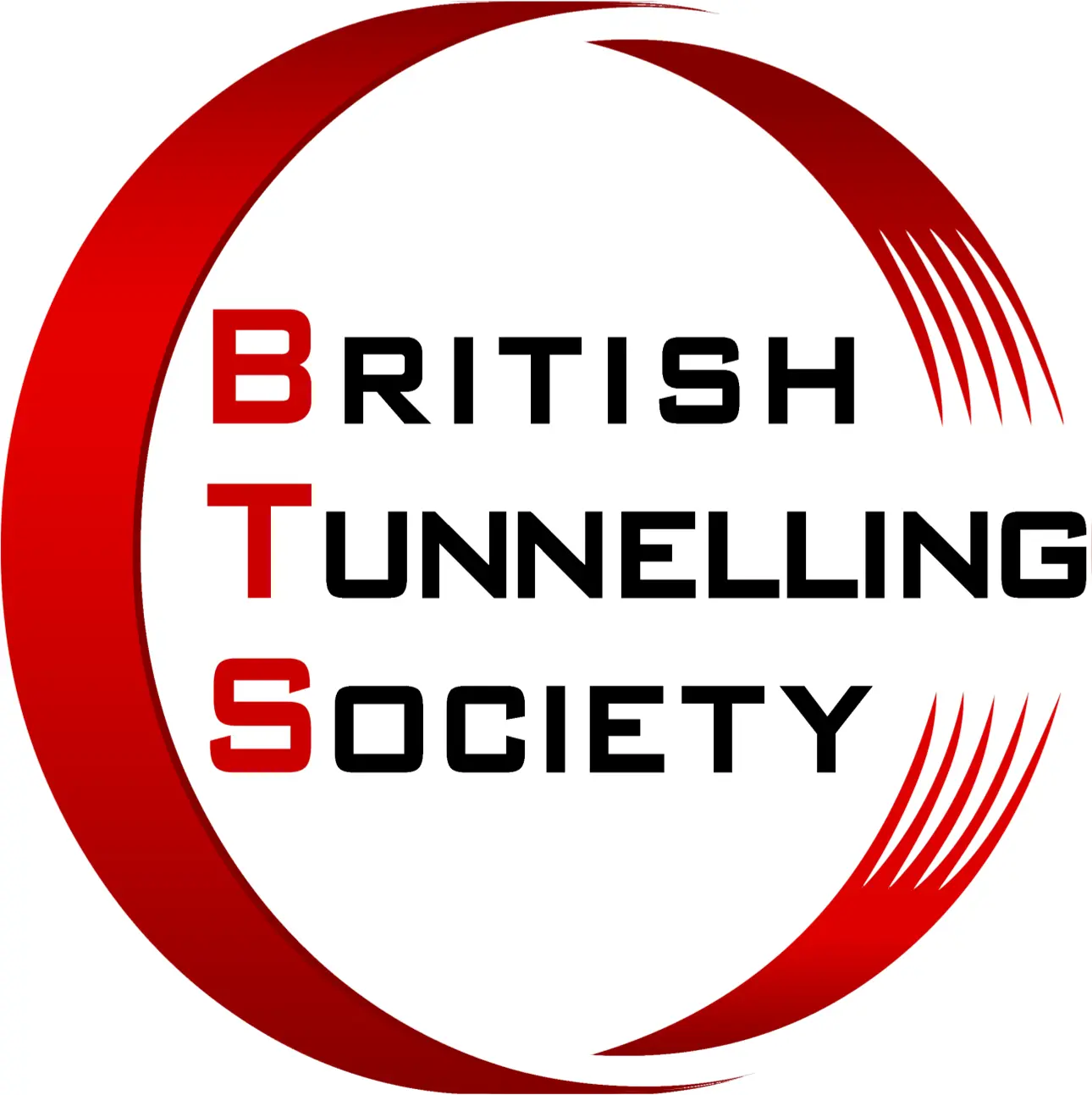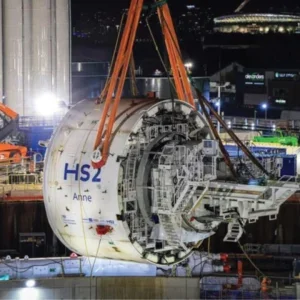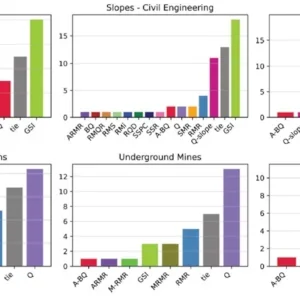How feasible would it be to construct tunnels close to tall buildings?’ That question was whirling through my head and I wanted to provide an answer,” says Lord Robert Mair, who has been professor of geotechnical engineering at Cambridge University since 1998 and throughout his career has specialised principally in underground construction.
“After graduating in 1971 from Cambridge University, I got a job with Scott Wilson Kirkpatrick, which was a large consulting company. When I was 23 they sent me to Hong Kong to work on the design and construction of a huge container port – nothing to do with tunnels at that point in my career.
“At that time in Hong Kong there was no metro at all, but the government was beginning to think about it. There was a lot of concern regarding the feasiblity of constructing tunnels close to tall buildings and in complicated soil conditions too.
“I was very fortunate because I was in the right place at the right time. Scott Wilson sent me back to Cambridge to undertake research on centrifuge modelling of tunnel construction in soft ground. The Tunnels Division of the Transport Research Laboratory (TRL), headed by Myles O’Reilly, funded this project and I was awarded a PhD at Cambridge University for this work in 1979.
“That changed my life. My early involvement with tunnels began at that time. Maybe if I had not been in Hong Kong, I would still be designing container ports and other things.”
MOVE TO SOFT GROUND
Tunnelling in rock obviously has challenges, Mair explains, these mainly relate to machinery and cuttability. “When tunnelling in rock, you don’t normally get movements,” he says. “Instead with tunnels in soils you have to check the stability and movements to make sure the tunnel doesn’t collapse. Movements of the ground above or around the tunnel are particularly important in urban environments. That was the area in which I started to work.”
Mair was responsible for the introduction of compensation grouting in the UK as a novel technique for controlling settlement of structures during tunnel construction.
“Compensation grouting has been hugely effective in managing the risk of potential damage to buildings,” he says. “It is a technique that we first introduced on the Waterloo Escalator Tunnel.”
When the Channel Tunnel was completed between France and the UK the first station in London was at Waterloo (subsequently it was replaced by a new station at St Pancras). Consequently there was a lot of new infrastructure works at Waterloo station, including a new 8m-diameter escalator tunnel, which was to be constructed very close beneath some buildings at Waterloo, mainly the Victory Arch, the main entrance to the station.
“This escalator tunnel was also going beneath the Waterloo and City Line, which is a very old London Underground tunnel. London Underground asked my consulting company, Geotechnical Consulting Group (GCG) how could we construct this escalator tunnel without causing these two important and fragile pieces of infrastructure to settle significantly. The Victory Arch has marble finishes and is very sensitive to movement and the Waterloo and City Line is an old masonry tunnel built by the Victorians.
“The escalator tunnel was big – 8m in diameter – and the potential settlements were around 100mm, so we conceived the concept of compensation grouting for that project. The principle of compensation grouting is that before the tunnel is constructed, tubes are installed in the ground before any tunnelling commences; then, during the tunnelling grout is injected from specified holes in the tubes to compensate for the ground movement caused by tunnelling. By this means, combined with comprehensive monitoring, you can prevent the ground movements caused by the tunnelling from propagating up to the building. So you can control the differential movement of the building. That was very successful and we named the process ‘compensation grouting’.
Its first trial in the UK was at Waterloo station and when it was proved successful, it was used widely for other projects, most recently for Crossrail in London. Compensation grouting was subsequently adopted for the Jubilee Line Extension project. “The big ground movement challenge for the Jubilee Line Extension project was to protect Big Ben. Compensation grouting was adopted for protecting the clock tower at Westminster – this was very high profile.
“Without this protective measure Big Ben was predicted to lean too much. The compensation grouting was very successful in controlling the movements of the tower and protecting it from damage.”
THE FUTURE FOR TUNNELLING
Regarding changes to the tunnelling industry throughout his career, Mair says the biggest development has been the pressurised tunnelling machine, in particular EPBMs and slurry shields. “Because of those major developments, it’s now routine to be able to create tunnels in all soft ground conditions with very low volume loss, which is the cause of ground movements,” he explains. “Over the last decade or two, we have seen progressive reductions in volume loss.”
As for the future of tunnelling, “I think that there are a lot of opportunities for creating underground space, especially with a worldwide increase of urbanisation,” Mair says. “It is well-known that by 2050 the world population will be around nine billion, with two-thirds of that population will be living in cities. That means six billion in cities. It’s interesting to go back to 1950 when the world population was around three billion and only one third was living in cities. So in 100 years we have seen urban population growth of six times. The pressure on engineers is to create cities that can accommodate all these people, and of course that means more tunnelling.
“I’m very optimistic that tunnelling has a major role to play in the urban environment. Soft ground tunnelling is particularly significant because most big cities in the world are located either on the coast or on rivers. This usually means that the ground is quite soft because coastal and river geology is more often soft soil than rock. A high proportion of the cities of the world are therefore on soil – at least in the upper layers of the geology – and often this will involve quite soft soil conditions. Of course there will also be rock beneath cities, but the majority will be in soils.”
Beyond conventional uses of tunnelling such as transportation and water supply, Mair sees other opportunities such as underground living or underground storage. “The possibility to use underground space is becoming increasingly attractive for environmental reasons,” he says.
Mair explains that nowadays there are new means and technologies to create tunnels without causing any problems to the surrounding urban environment. “The use of SCL is another important development. SCL was originally used for rock, but over the last 20 years the technology to use sprayed concrete linings in soft ground has really changed. SCL is now used extensively in soft ground and the Crossrail stations are a good example of this. Most of these stations are in London Clay, but Farringdon Station was in much more difficult ground conditions with clays, sands and a lot of faults. So there were originally concerns about the use of SCL in such ground conditions, but by controlling the water really well they managed to construct the tunnels in very stable way and it was very successful. With the right measures to control water pressures, SCL can be used in difficult and even potentially unstable ground.”
ACHIEVEMENTS
“I’m very proud of the reputation that the Geotechnical Consulting Group has. I founded this consulting group when I was in my early 30s, and that was a very exciting new phase in my life. I am delighted that GCG still flourishes today,” Mair says. “Regarding the projects I am most proud of, it’s really hard to choose, but I think that I would go for the Jubilee Line Extension project and the Crossrail project.. I’m honoured to have been part of both projects. Of course I have been involved in other jobs in many parts of the world and I have a lot of good memories of the different challenges.
“I think I prefer these two projects because I spent most of the time on them, and because GCG was closely involved in both of them. For the Jubilee Line Extension I was working full time at that time and then, in 1998 I changed my life and became an academic at Cambridge. Regarding Crossrail, it was a different kind of involvement because I was a member of its Engineering Expert Panel. On Crossrail there was also a good opportunity for my research students because I lead the Centre for Smart Infrastructure Construction (CSIC) at Cambridge, which pioneers innovative sensor technologies for monitoring performance of infrastructure such as tunnels.”
He was awarded a CBE in the 2010 New Year’s Honours list and appointed an independent crossbencher in the House of Lords in October 2015.
BRITISH TUNNELLING MARKET
“I think that the strength of the British tunnelling market worldwide is very high – there is a strong influence of British tunnelling in many parts of the world,” Mair says. “For quite a long time I co-chaired the International Advisory Board on Underground Construction for the Singapore government. In Singapore they have a great number of tunnelling projects, probably the equivalent of at least two Crossrails under construction at any one time. “In the UK the tunnelling market is, as in many places, heavily dependent on the government. The current projects are Crossrail, Thames Tideway and HS2– they are all a great opportunity for the British tunnelling industry.
“For the future I think that UK government will only support a new tunnelling project if the cost-benefit analysis is positive. For example there are some countries where governments are actively supporting tunnelling projects, but this is not happening in the UK. We currently have a much tougher economic and political environment than many other countries and the uncertainty around Brexit is not good for the construction market. I believe that Brexit is bad for many reasons. An example is the high proportion of European skilled engineers and technicians who have been working on Crossrail. We have got a lot of really good Spanish, Italian, French and German engineers currently working in the UK. But also many of the construction workers are from a large number of different countries in Europe. We will have to see how Brexit ends up; of course there is a real concern. But for sure we need their expertise because the tunnelling community is very international.”
PLANS FOR ICE
For Mair, the current year is the last as a full-time academic at Cambridge, and in 2018 he will be president of ICE. “The main theme for my presidential year at the ICE is its 200th anniversary,” he says. “It was founded in 1818 and so there will be a lot of focus on the huge achievements of British Civil Engineering over the last 200 years. The real emphasis will not be on the past, but on the future.
“This is the opportunity for exciting new technologies to really change the way that we are doing a lot of civil engineering. At Cambridge CSIC has developed some really innovative smart technologies including wireless sensors, fibre optics and computer vision. These smart technologies will have a big influence on the way we design, construct and operate our infrastructure, not only tunnels.
Civil engineering has the reputation to be old and slow, but it is becoming much closer to being fast and new, like the aerospace and manufacturing industries – largely thanks to the digital revolution. It’s the time to make a big difference to civil engineering.”
In terms of challenges for the ICE, Mair says it is fundamental to give value to its members and to continue to make a big difference to society.
“We have around 90,000 members all around the world. It’s important that the Institution remains relevant to them, providing value to them and giving them the kind of things that they need to know,” he says.
“The Institution is very much keeping abreast with all the latest development and technologies, producing reports on the latest developments, providing opportunities for members to keep abreast of the new things going on. It’s important for the Institution to remain modern, relevant and useful to its members. The British Tunnelling Society (BTS) is an example of one of the most vibrant parts of the activities hosted by the ICE. There are always very active BTS meetings at the ICE, which are very well attended.”
Mair adds that the biggest achievement of the ICE is the sharing of knowledge.
“For example when you need to know some details about a past tunnel project, you can come to the ICE and search the Proceedings – there is likely to be a detailed account of the project, which includes invaluable information.
Sponsored by Ferrovial Agroman and others, the ICE is hosting a superb tunnelling exhibition until this November, showing some of the longest, deepest and most advanced tunnels in the world.






